Proterozoic Eon: Eukaryotes to Multicellular Life (2500 to 541 million years ago)
In the Proterozoic Eon, key highlights are: ozone layer thickened, an oxygen crisis, Snowball Earth and eukaryotes and multicellular organisms evolved.
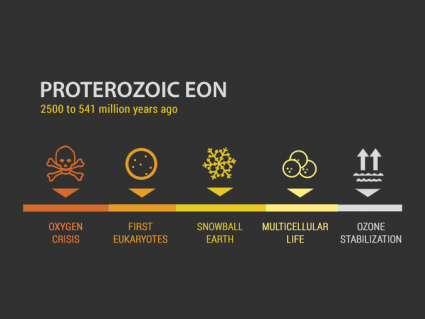
In the Proterozoic Eon, key highlights are: ozone layer thickened, an oxygen crisis, Snowball Earth and eukaryotes and multicellular organisms evolved.
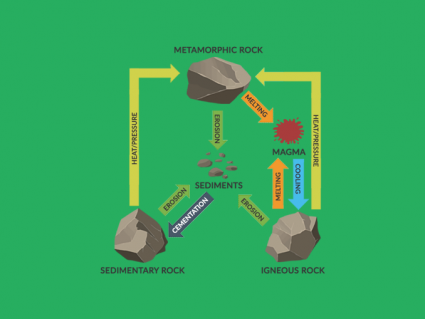
If you could speed up time, you would see rocks cycling from within the planet. Like a well-oiled machine, rocks are igneous, sedimentary and metamorphic.

Meteorologists partake in weather prediction. They understand atmospheric chemistry and physics and how they relate to weather and climate patterns.
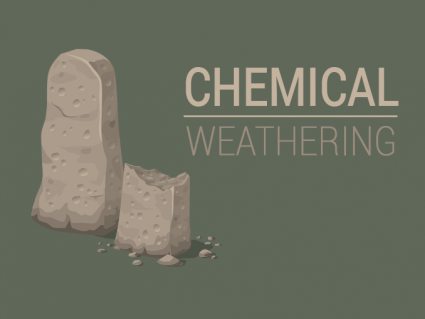
Chemical weathering is the process of transforming a rock’s composition through chemical reactions (by dissolving or converting them into other minerals)

Sandwiched between the North American & African Plates, the Eurasian Plate consists of parts of Europe, Russia, Asia as well as the Atlantic & Arctic Ocean.
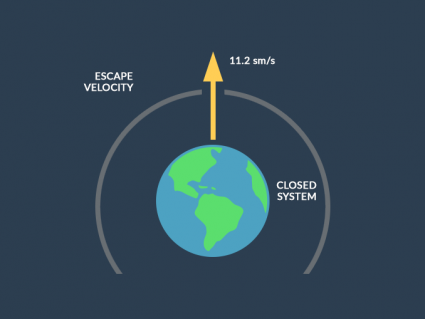
The escape velocity of Earth (11.186 km/s) is the speed at which a free object must travel to escape into space from the planet’s gravitational pull.
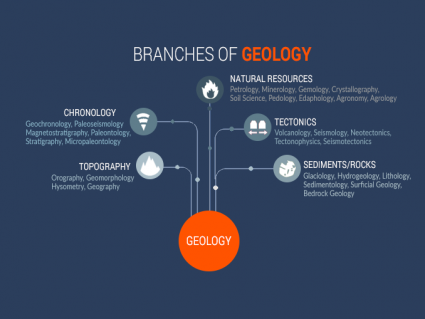
What are the branches of geology? It can be divided in different ways. We divide fields into tectonics, sedimentology, topography, chronology & astrogeology
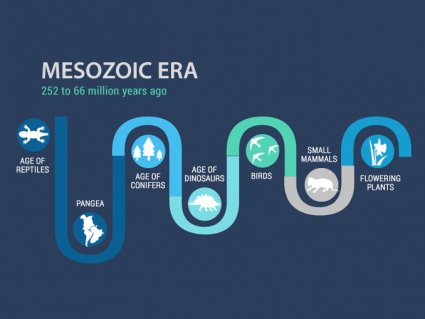
The Mesozoic Era had a lot of “firsts”. For example, it had the first birds, first mammals, first dinosaurs and first flowering plants on Earth.

Because the Earth is tilted on its axis, it’s why we have seasons. When Earth receives more sunlight on one side, it’s summer. And vice versa for winter.
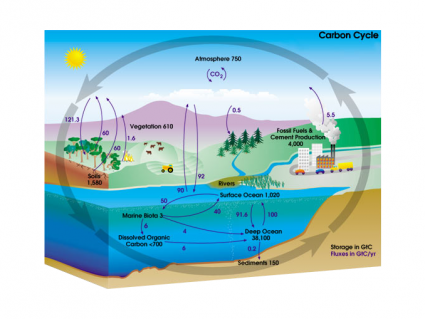
Carbon is essential for living things and making cars move. It takes up various forms through photosynthesis, decomposition, respiration and combustion.
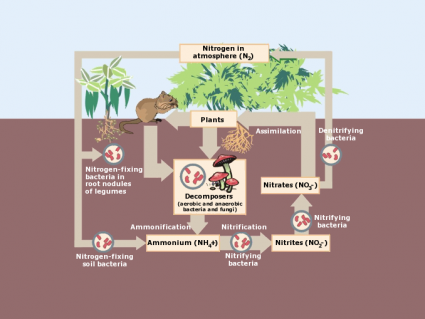
Nitrogen transforms into several different forms in the 4 steps of the nitrogen cycle – nitrogen fixing, decomposition, nitrification & denitrification.
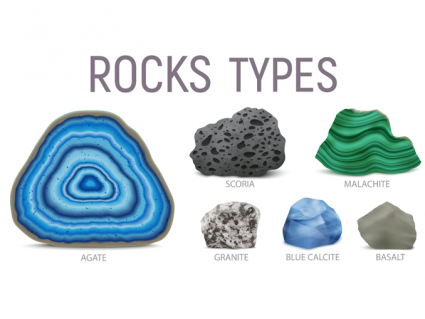
Earth is covered with these 3 types of rocks are: (1) sedimentary rocks (2) metamorphic rocks and (3) igneous rocks. How they are different from each other?
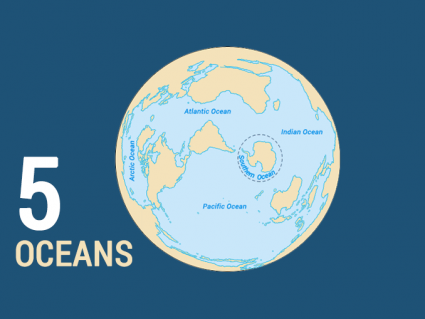
Since the year 2000, the International Hydrographic Organization (IHO) started recognizing 5 oceans: Pacific, Atlantic, Indian, Arctic and Southern Ocean.
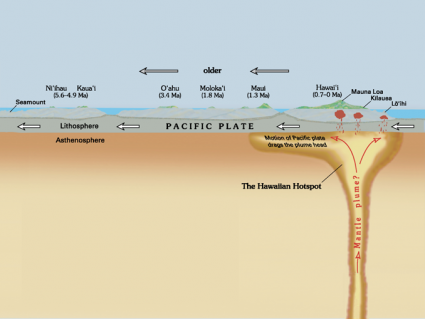
Earth’s crust is all around us. It’s the layer we live on. But did you know that Earth’s crust is composed of oceanic and continental and oceanic crust?
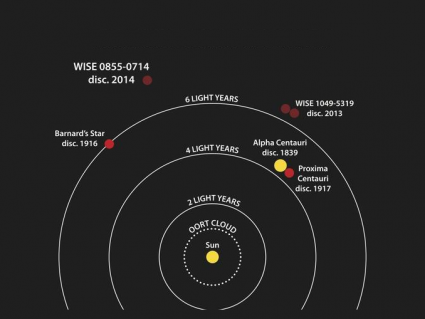
Alpha Centauri (Rigil Kentaurus) is the closest star system away from our sun. It’s about 4.3 light years (or 25 trillion miles) away from Earth.